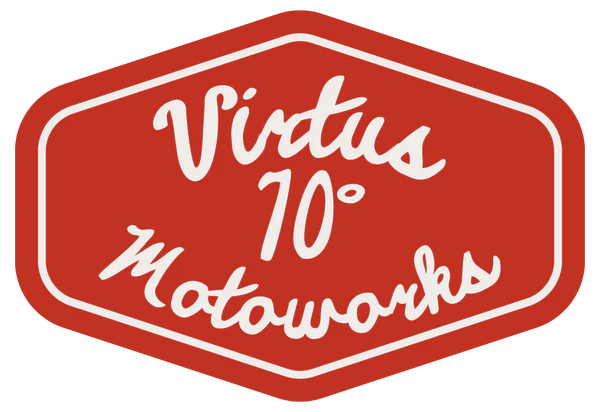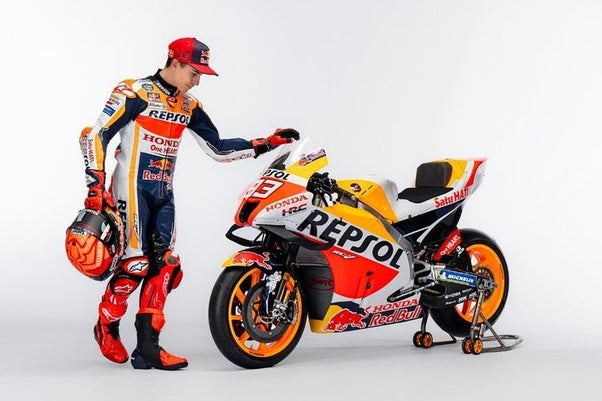Honda's unwavering and stubborn approach has left the manufacturer in a challenging position, finding itself in a MotoGP no-man's land. The Japanese team's reluctance to adapt and evolve with the changing dynamics of the sport has hindered its ability to remain competitive and assert its dominance.
In the ever-evolving world of MotoGP, where technological advancements and strategic innovations play a pivotal role, Honda's adherence to traditional methods has become a double-edged sword. While the team's steadfastness and commitment to its philosophy have earned them success in the past, it has also resulted in a lack of progress and adaptation in recent times.
One of the key areas where Honda has struggled is in finding a balance between power and agility. While their bikes have often excelled in terms of sheer power and straight-line speed, they have lagged behind in terms of agility and cornering capabilities. This discrepancy has become increasingly pronounced as other manufacturers have invested in developing more well-rounded machines.
Additionally, Honda's relationship with its riders has suffered as a consequence of its rigid approach. The team's insistence on maintaining a hierarchical structure and an overly demanding environment has led to strained relationships and a lack of harmony within the team. This has hindered communication and feedback between riders and engineers, impeding the development of the bikes and inhibiting progress.
Furthermore, Honda's hesitance to embrace new technologies and concepts has left it trailing behind its competitors in areas such as aerodynamics and electronics. The team's reluctance to invest in these areas and explore innovative solutions has put them at a disadvantage, particularly in an era where cutting-edge technology plays a crucial role in gaining a competitive edge.
As a result, Honda finds itself in a MotoGP no-man's land, caught between the frontrunners and the midfield teams. While the team still possesses talented riders and a rich racing heritage, its inability to adapt to the changing landscape of the sport has prevented it from maintaining a consistent and dominant presence at the top.
For Honda to regain its former glory and break free from this no-man's land, it must be willing to shed its stubbornness and embrace a more flexible and progressive approach. By investing in research and development, fostering better collaboration between riders and engineers, and embracing new technologies, Honda can hope to reclaim its position among the elite in MotoGP.
In conclusion, Honda's steadfastness and reluctance to adapt have left the manufacturer in a MotoGP no-man's land. The team's adherence to traditional methods, struggles in finding a balance between power and agility, strained relationships with riders, and hesitance to embrace new technologies have hindered its competitiveness. To re-establish itself as a dominant force in MotoGP, Honda must be willing to evolve and embrace a more progressive approach.

